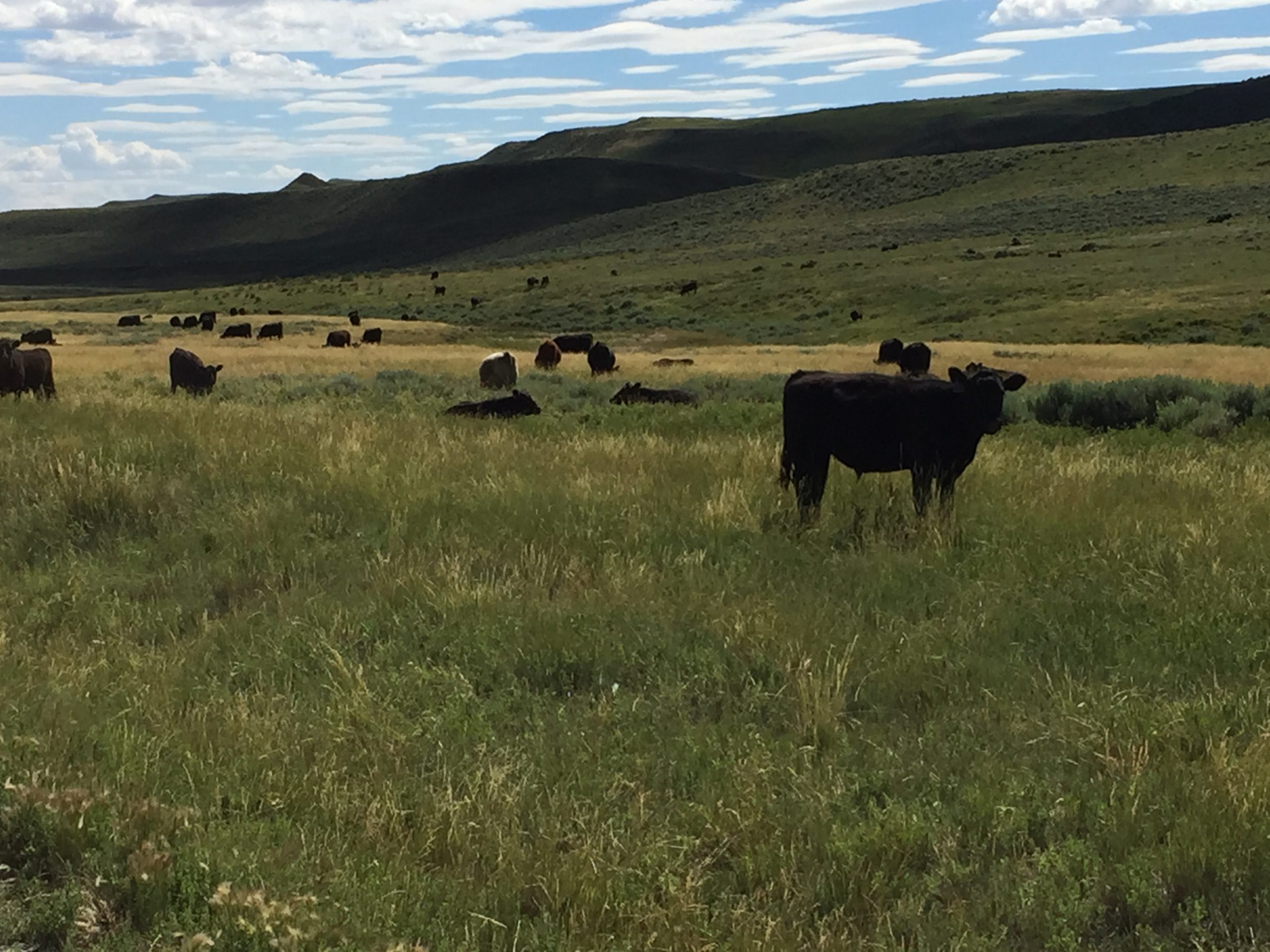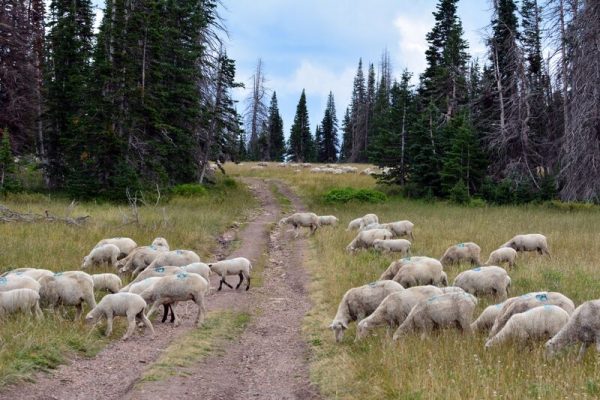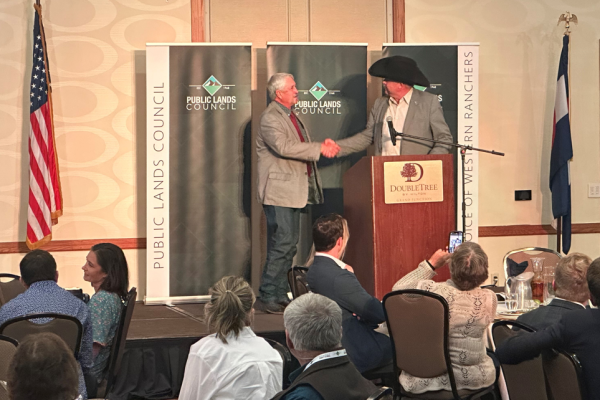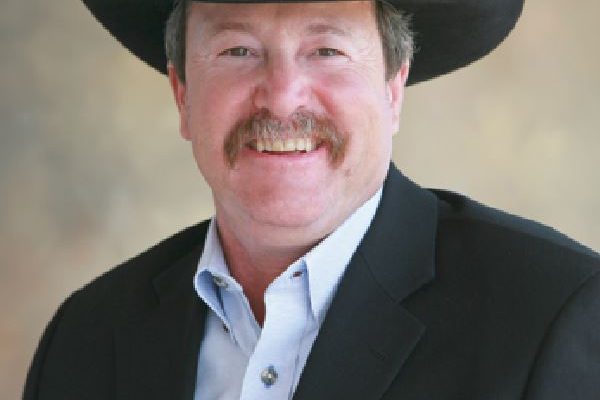WASHINGTON (October 17, 2024) – The Public Lands Council (PLC) hailed a recent University of Nevada, Reno (UNR) study that shows that the digestive process of cattle renders cheatgrass seeds effectively inert, virtually eliminating any ability for those seeds to germinate into new plants. This study effectively busts the common myth that has incorrectly blamed cattle for spreading invasive cheatgrass plants across western landscapes through grazing.
“As a grazing permittee, I have seen firsthand how the presence of cattle on allotments drastically reduces the amount of cheatgrass and other invasive plants compared to areas without livestock. This study proves that the spread of cheatgrass is not happening through as a byproduct of grazing and should be an incentive for federal agencies to work more with ranchers on range conservation and removing invasive plants like cheatgrass that are known to fuel catastrophic wildfires,” said PLC President and Colorado grazing permittee Tim Canterbury. “It has to happen now. With over 6.1 million acres of land burned nationwide so far this year, it is past time to double down on grazing as the best way to eliminate invasive plants and protect our country’s natural resources from wildfires. Thanks to the Nevada Department of Agriculture and University of Nevada, Reno for completing this comprehensive study and all they do to support the ranching community.”
The results from the UNR study confirm what rangeland managers have seen through careful management of grazed lands: the timing of grazing on federal lands removes cheatgrass density that allows native grasses a chance to establish and grow, improving biodiversity and giving native grasses the space to establish greater dominance. These environmental outcomes are just some of the voluntary conservation work ranchers undertake to maintain rangeland, but ranchers often face serious regulatory barriers due to gaps in science or social misconceptions.
“This study is a perfect example of commonsense meeting environmental realities: livestock have long been maligned for spreading cheatgrass across the West, despite cheatgrass exploding on rangelands where livestock have been reduced or removed. At the same time, we’ve seen a massive increase in acres affected by catastrophic wildfire, which creates perfect conditions for cheatgrass to take over a landscape,” said PLC Executive Director Kaitlynn Glover. “What we see in the West today is a perfect storm of mismanagement and misinformation, and this study is a huge step in the right direction in applying real solutions to real problems, like late season grazing on cheatgrass stands. If seeds can’t survive the digestion process, cattle are the ideal tool: grazing immediately reduces fine fuel buildup to reduce fire risk, neutralizes seeds to prevent regermination next year, and provides critical organic matter to support native grass stands in the following year. Thank you to the researchers that took the time to conduct this labor-intensive study and prove that grazing is the best conservation practice for our western landscape.”





